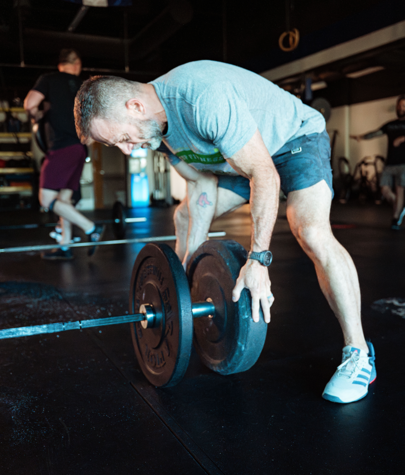Why Core Movements Are the Heart of CrossFit
If you’ve been around CrossFit for even a short time, you’ve probably noticed something: almost every workout includes the same types of movements—squats, deadlifts, presses, pulls, carries. These are what we call core movements, and they’re the reason CrossFit works so well.
The Everyday Wins
Think about it—every time you squat, you’re training to sit down and stand up with ease. Every time you deadlift, you’re practicing picking something up off the ground safely. Pressing weight overhead? That’s putting groceries away on a high shelf or lifting your kid into the air. These aren’t just gym skills—they’re life skills.
Progress You Can Feel
The best part is how quickly you notice the difference outside the gym. Suddenly your back doesn’t ache when you move a heavy box. You feel steadier walking up stairs. Carrying in all the grocery bags at once becomes a personal challenge you know you’re going to win. These little victories add up, and they remind you that the hard work in the gym pays off every single day.
Why They’re Always There
You’ll see core movements in nearly every WOD because they’re the foundation of fitness. They build strength, balance, and confidence in ways that isolated exercises can’t. Repeating them in different variations keeps your body learning, adapting, and getting stronger. And with each rep, you’re not just building muscle—you’re building trust in your body’s ability to handle anything life throws at you.
Training for Life, Not Just the Whiteboard
CrossFit isn’t about chasing perfect scores or lifting the heaviest barbell (though those can be fun goals). At its heart, it’s about preparing you to live better. Core movements make that possible. They give you the strength to move through life with less stress, more energy, and greater freedom.
The Takeaway
When you walk into class and see squats, deadlifts, presses, or carries on the board—don’t groan. Smile. These are the movements that keep you strong, capable, and ready for anything. Every time you practice them, you’re not just training for a workout—you’re training for life.








